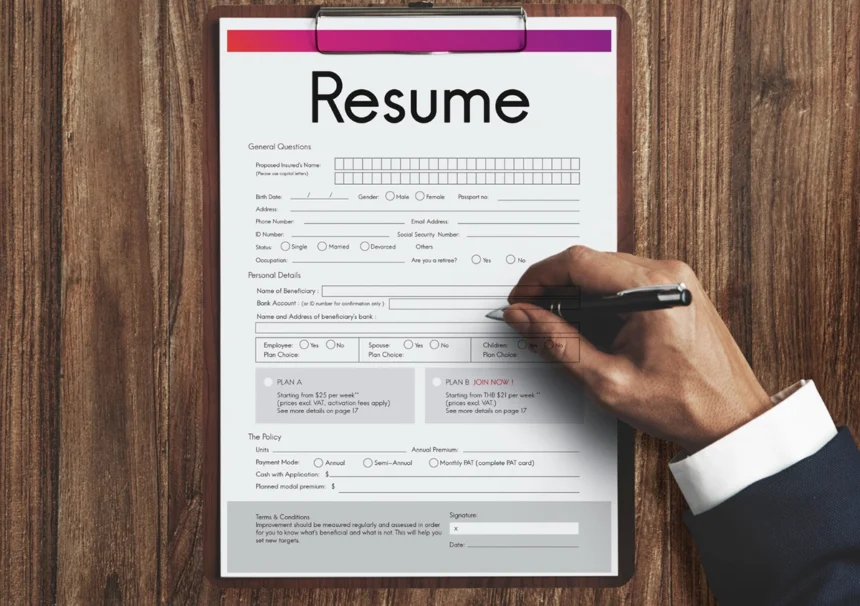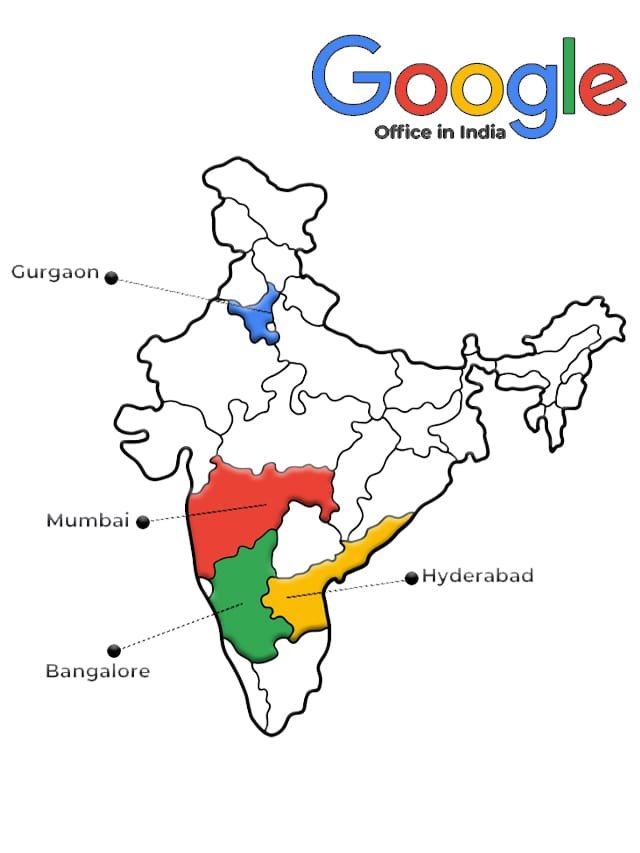Are you ready to land your dream job in 2024? Crafting a stellar resume is the first step to making a memorable impression on potential employers. But what exactly makes a resume stand out in a competitive job market? Whether you’re a recent graduate or an experienced professional, the right resume can open doors to exciting career opportunities. In this article, we’ll explore how to Write a Winning Resume for Any Job in 2024 that captures attention and highlights your qualifications effectively.
Understanding the Importance of Resume Writing
A resume is more than just a list of your qualifications; it’s your personal marketing document. A well-crafted resume helps employers quickly assess your suitability for a position, showcasing your skills, experiences, and accomplishments. In a world where employers spend an average of just 10 seconds scanning a resume, how can you ensure yours makes a lasting impact?
What Resume Layout Should You Choose?
When deciding on a resume format, consider your work history, skills, and the job you’re applying for. Here are the three main resume layouts to choose from:
- Chronological Outline
- Ideal for those with substantial work experience.
- Highlights work history in reverse chronological order.
- Best suited for candidates looking to showcase their career progression.
- Functional Outline
- Suitable for individuals changing careers or those with gaps in employment.
- Emphasizes skills and qualifications rather than work history.
- Focuses on relevant experiences rather than a traditional job timeline.
- Mixed Layout
- Combines elements of both chronological and functional formats.
- Highlights relevant skills and experiences for a specific job.
- Perfect for candidates with both strong work history and relevant skills.
Essential Resume Sections
To create a well-structured resume, include the following sections:
1. Contact Information
- Name
- Phone number
- Email address
- LinkedIn profile link
2. Professional Summary
- A brief overview of your qualifications and experience.
- Tailor it to reflect the specific job you are applying for.
3. Work Experience
- List your professional experience, emphasizing accomplishments and responsibilities.
- Use bullet points for clarity and brevity.
4. Educational Qualifications
- Include degrees, certifications, and relevant coursework.
- List in reverse chronological order.
5. Skills List
- Highlight relevant skills tailored to the job description.
- Include both hard and soft skills.
6. Personal Achievements
- Mention awards, recognitions, and relevant accomplishments.
- Showcase how your skills contributed to these achievements.
7. References
- Provide contacts who can vouch for your qualifications and work ethic.
- Consider using previous employers, professors, or mentors.
Resume Writing Format: Key Considerations
To enhance the readability of your resume, keep these formatting tips in mind:
- One Page: Aim to keep your resume to one page, especially if you have less than 10 years of experience.
- Clear Title: Use a clear font and size to ensure your name stands out.
- Negative Space: Include white space to enhance readability and presentation.
- Fonts: Stick to simple, readable fonts like Arial or Calibri, sized at 11-12 points.
- Chronological Order: Highlight your most recent accomplishments first.
- File Format: Always save and submit your resume as a PDF for uniformity.
Tips for Writing an Effective Resume
To maximize the effectiveness of your resume, consider the following tips:
- Quantify Achievements: Use numbers and statistics to tell your story. For example, “Increased sales by 20%” is more impactful than “Responsible for sales growth.”
- Use Relevant Keywords: Incorporate keywords from the job description to make your resume ATS-friendly, ensuring it passes through automated screening systems.
- Tailor for the Industry: Research the company and industry to ensure your resume highlights relevant skills and experiences.
- Highlight Your Skills: Include as many pertinent skills as possible without overcrowding your resume. Ensure they align with the job requirements.
- Proofread Thoroughly: Typos and grammatical errors can undermine your professionalism. Review your resume multiple times or consider using grammar-check tools.
Sample Resume Format
| Section | Details |
|---|---|
| Contact Information | Name, Phone Number, Email, LinkedIn |
| Professional Summary | 2-3 sentences summarizing your experience |
| Work Experience | Job Title, Company, Dates, Bullet points |
| Education | Degree, Institution, Dates |
| Skills | Relevant skills (hard and soft) |
| Achievements | Awards, Recognition, Achievements |
| References | Available upon request |
Frequently Asked Questions (FAQs)
1. How long should my resume be?
A: Ideally, your resume should be one page long, especially if you have limited experience.
2. What should I include in my resume?
A: Include contact information, a professional summary, work experience, education, skills, achievements, and references.
3. Should I use a resume template?
A: Yes, using a professional template can help format your resume effectively and attractively.
4. How can I make my resume stand out?
A: Use quantifiable achievements, tailor your resume to the job description, and include relevant keywords.
5. Is it necessary to include references on my resume?
A: It’s optional to include references on your resume. You can simply state “References available upon request.”
Closing Note
Writing a winning resume is your first step toward landing the job of your dreams in 2024. By following the tips and formats outlined in this guide, you can create a compelling resume that showcases your skills and experiences effectively. Remember, a well-crafted resume opens doors to interviews, so take the time to make it shine!
Thank you for reading! If you found this article helpful, don’t forget to join CourseBhai through our social media platforms, subscribe to our push notifications, and sign up for our newsletters to receive instant updates on the latest courses, jobs, and internships. Your career journey starts here




![Salesforce Dream Quest 2025 Program for UG & PG Students [Eligibility Criteria, Stipend] Best Apply By 30 Nov 5 Salesforce Dream Quest 2025 Program for UG & PG Students [Eligibility Criteria, Stipend] Apply By 30 Nov](https://coursebhai.com/wp-content/uploads/2025/10/Untitled-1200-x-628-px-2025-10-29T174544.417.png)










